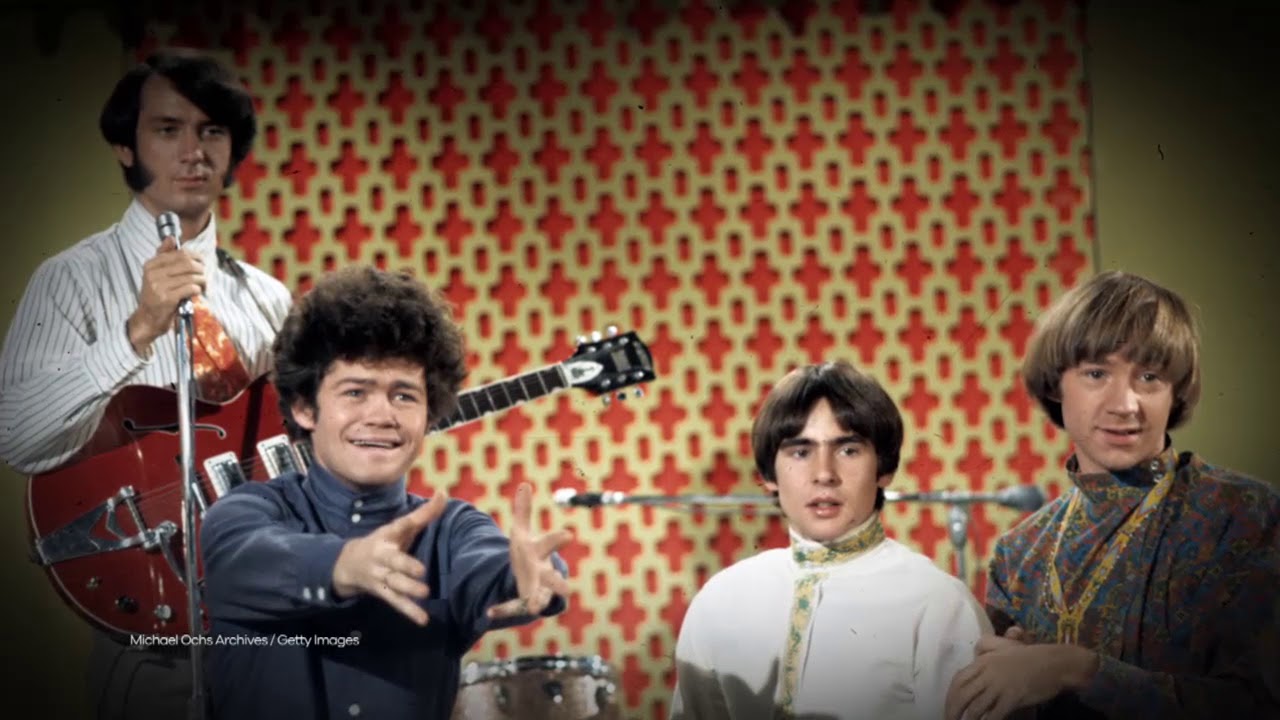
A Journey Through Rebellion and Transformation: The Monkees’ “(I’m Your) Steppin’ Stone”
In 1966, at the height of a musical revolution that shaped an entire generation, The Monkees released a song that captured the essence of youthful defiance and the quest for identity. “(I’m Your) Steppin’ Stone” emerged as more than just a catchy tune; it became an anthem for those who refused to be used or taken for granted. As the B-side to their hit single “I’m a Believer,” this track initially found its way into the public consciousness through the band’s eponymous television show. Despite being overshadowed by its A-side counterpart, “(I’m Your) Steppin’ Stone” carved out its own legacy, resonating with listeners who found solace in its raw energy and bold declaration of independence.
The song reached respectable positions on various music charts, contributing to the overall success of The Monkees during a year that saw them dominate both the airwaves and television screens. While it might not have topped the charts like some of their other hits, its impact was undeniable. It showcased a different side of The Monkees, one that was edgier and more rebellious than their typically polished pop image. This duality within their music allowed them to connect with a broader audience, including those yearning for something deeper and more meaningful.
Behind “(I’m Your) Steppin’ Stone” lies an intriguing story of transformation and artistic expression. Originally written by Tommy Boyce and Bobby Hart, two prolific songwriters who played an integral role in crafting The Monkees’ sound, the song was first recorded by Paul Revere & the Raiders. However, it was The Monkees who truly brought it to life, infusing it with a distinctive energy that resonated with their burgeoning fan base. The track’s driving beat and assertive lyrics spoke to a generation caught between tradition and change, offering a voice to those navigating the complexities of personal growth and societal expectations.
At its core, “(I’m Your) Steppin’ Stone” is a powerful declaration of self-worth and autonomy. The lyrics tell the story of someone refusing to be used as a mere stepping stone for another’s ambitions—a sentiment that struck a chord with many during the tumultuous 1960s. This was a time when young people across the globe were challenging established norms and seeking new paths forward. The song’s protagonist embodies this spirit of rebellion, standing firm against manipulation and asserting their own identity.
For listeners, particularly those who experienced this era firsthand, “(I’m Your) Steppin’ Stone” evokes memories of a time when music served as both an escape and a rallying cry. It was an era defined by rapid cultural shifts, where individuals sought to break free from traditional constraints and forge their own paths. The Monkees captured this zeitgeist perfectly, blending pop sensibilities with themes of resistance and empowerment. Their ability to balance these elements contributed significantly to their enduring appeal.
The nostalgic power of The Monkees lies not only in their music but also in the memories they evoke for those who grew up during this vibrant period in history. For older generations revisiting this track, it serves as a reminder of youthful defiance and the universal struggle for self-definition. It transports them back to moments filled with possibility—when every note held potential for change and every lyric spoke directly to their experiences.
In reflecting on “(I’m Your) Steppin’ Stone,” we are reminded of how music can transcend time, capturing emotions that remain relevant across decades. Its message continues to resonate today as individuals navigate their own journeys toward self-discovery amidst ever-evolving societal landscapes. For those who lived through its initial release or discovered it later in life, this song remains an indelible part of their personal soundtrack—a testament to resilience and individuality.
As we listen once more to The Monkees boldly proclaiming their refusal to be anyone’s stepping stone, we are invited into a world where music becomes more than sound—it becomes memory itself. It is here that we find solace in shared experiences while celebrating our unique stories—a harmonious blend that echoes through generations past and present alike.